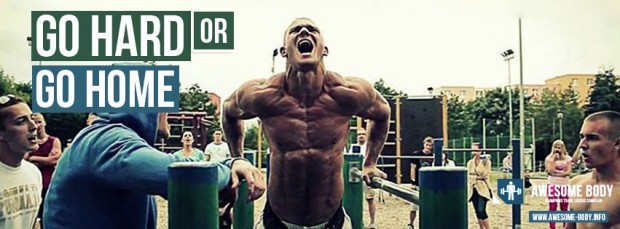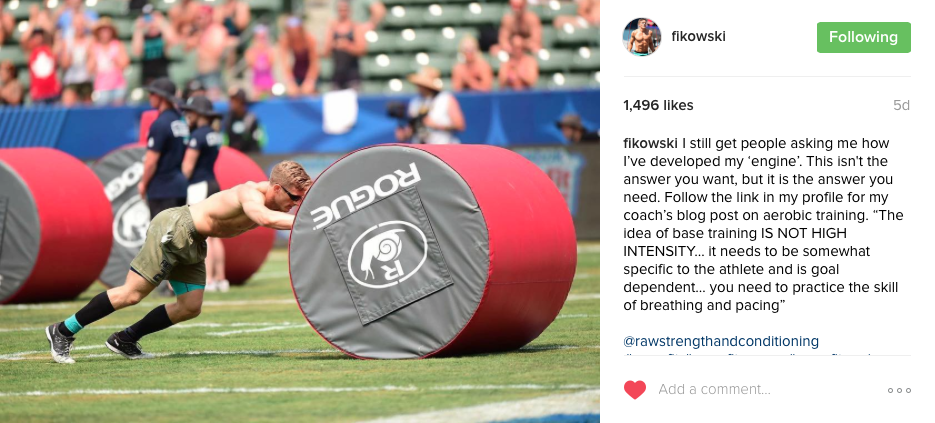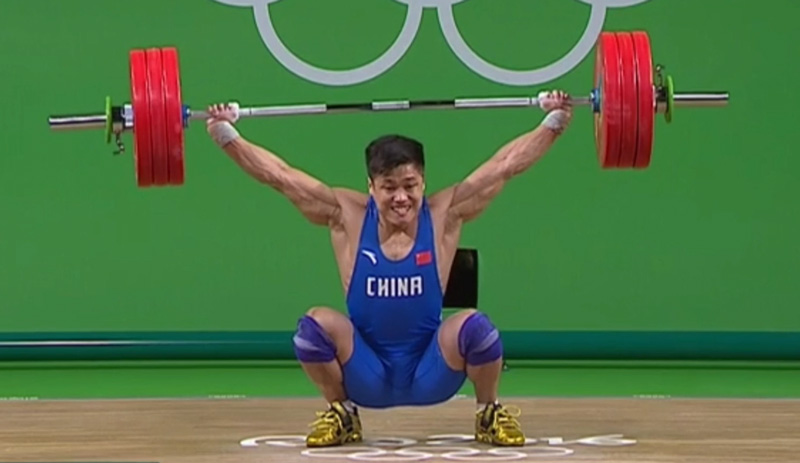High-Intensity Interval Training at Engineered Bodies

High Intensity Interval Training (HIIT) is a training protocol that have many fitness blogs, magazine articles, and fitness “experts” telling people it is the best type of cardiovascular training to “get shredded”, lose body fat, increase muscle mass and to look like a world class sprinter. All you have to do whenever you train, is perform any exercise as hard as you can until you puke. Sounds awesome right? Go hard or go home is what they say!

What these “experts” are saying is not exactly accurate so I’m going to shed some light on the efficacy of HIIT and how we use it in the programming at Engineered Bodies. A lot of the science and research information I’m sharing here was taught to me by Carmen Bott from Human Motion Performance Systems when we hosted her Energy System’s workshop at Engineered Bodies.
HIIT is a training protocol that uses varying work to rest intervals where the work intervals are performed at near or above one’s VO2 Max. VO2 Max refers to the maximum amount of oxygen used and is commonly used to quantify the capacity of one’s aerobic system over a period of time (Bassett and Howley, 2000). Examples of this type of training we’ve done for our clients at Engineered Bodies are:
AMRAP: 160822 #1: Tabata protocol:
8-sets, 20sec work:10sec rest (4mins total)
max ice skater burpees
or
CF Conditioning: 160205, 4sets: 2min work:2min rest,
2 lengths walking lunge carrying a plate overhead (RX: M45, W25),
12 burpees with hop on to the plate
then,
max calorie row for remaining time after the couplet
Super fun times!
Strength and conditioning specialists program HIIT protocols for their athletes to improve desired physiological adaptations related to energy systems in our body. The 3 energy systems are:
- Alactic (aka ATP-CP) – Immediate energy
- Anaerobic Lactic (aka Glycolytic) – Intermediate Energy
- Aerobic (aka Oxidative) – Long-term energy
Each energy system has a power component (the rate at which the energy system activates) and a capacity component (the duration it can create energy for a given work rate).
One such physiological adaptation strength coaches want to improve is known as ANAEROBIC LACTIC CAPACITY which is the body’s increased tolerance to anaerobic exercise and enhanced ability to continue doing work despite fatigue. Training to have the ability to do more work without getting tired as easily is a good thing whether you’re a world class athlete or a regular person that likes to workout and enjoy the outdoors. What the experts don’t tell you, are the consequences of training in this manner too frequently. Some of the consequences are your sympathetic nervous system becomes impaired, your nervous system becomes chronically fatigued, and it guarantees a person will tap into anaerobic pathways sooner and at certain workloads. This means that your mitochondria (where energy is created in your cells) are killed in the long-term acidification (Seluyanov) as a result of this type of training. Bottom line is it will definitely mess you up if you train in this manner too frequently. So how much is too much?
One research study, Billat et al 1999, compared a program that prescribed one lactate threshold training session, one HIIT session, and 4 continuous training sessions per week versus a program where 6 continuous training sessions per week where used. They found that the program with the one HIIT per week improved running speeds at VO2 max and running economy but not VO2 max itself versus continuous training sessions alone. They then increased the HIIT to 3 sessions but athletes did not see an adaptive benefit. Athletes did however, experience an increased subjective training stress and indications of impending over-training (Billat, 1999). Basically their sympathetic nervous system got fried. Training intensification over periods of 4-8 weeks with 3-4 HIIT sessions per week is an effective means of temporarily compromising performance (Jeukendrup & Halson, 2004).
The best practice models in the industry today include a large majority of work done below lactate threshold training (Seiler et al 2009). “To build a big ‘engine,’ you have to train smart and you have to train a lot” (Dag Kaas, coach of 12 world champions in 4 different sports). Brent Fikowski recently posted this on his instagram account about his training and how he built his engine that got him to the 2016 CrossFit Games and crush it I might add!

This is why you only see one HIIT session per week in the programming at Engineered Bodies and why the majority (about 80%) of the cardiovascular training is aerobic in nature. Any more sessions programmed wouldn’t be beneficial and would actually be detrimental to your health long term.
Why then do untrained people get such great results from doing HIIT at the beginning of their health and fitness journey? It’s simply because when people are new to training they’re in a “constant state of movement inefficiency” and this causes body composition to change (up to a certain point). Anytime we are lacking economy of movement, we are spending more energy. Previously untrained people will see improvements in VO2 max in ONE WEEK (15-20% improvement) but after 3-4 months of consistent training, this will begin to level off. If intensity is then increased, VO2 max will only improve up to 5% further. If the person is MORE trained, the result would be even less dramatic. When the person reaches this point in their training, adaptation and improvements are much slower and can take 2 to 3 years of training if intensity is increased appropriately and training is consistent. For the person to get to world-leading levels, the only way to get better is to improve efficiency of the movement! (>3 years!).

Lu Xiaojun (77kg Chinese weightlifter, former world champion and 2016 silver medalist Rio 2016) took 4 years to add 2kg to his snatch. 3 time gold medalist Usain Bolt in the 100m, 200m, and 4x100m relay trained 4 years to improve his running efficiency for 10 seconds of work!
The purpose of these examples is to put training into perspective. If you want to get good at something, it takes time, sound programming, and consistency to become more and more efficient at the movements you’re training. Good thing most of us are not in a rush and don’t have to worry about training to compete in the Olympics! Be patient, do your best, and continue to ask questions and learn about your body and reaching your potential.

